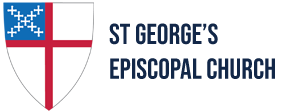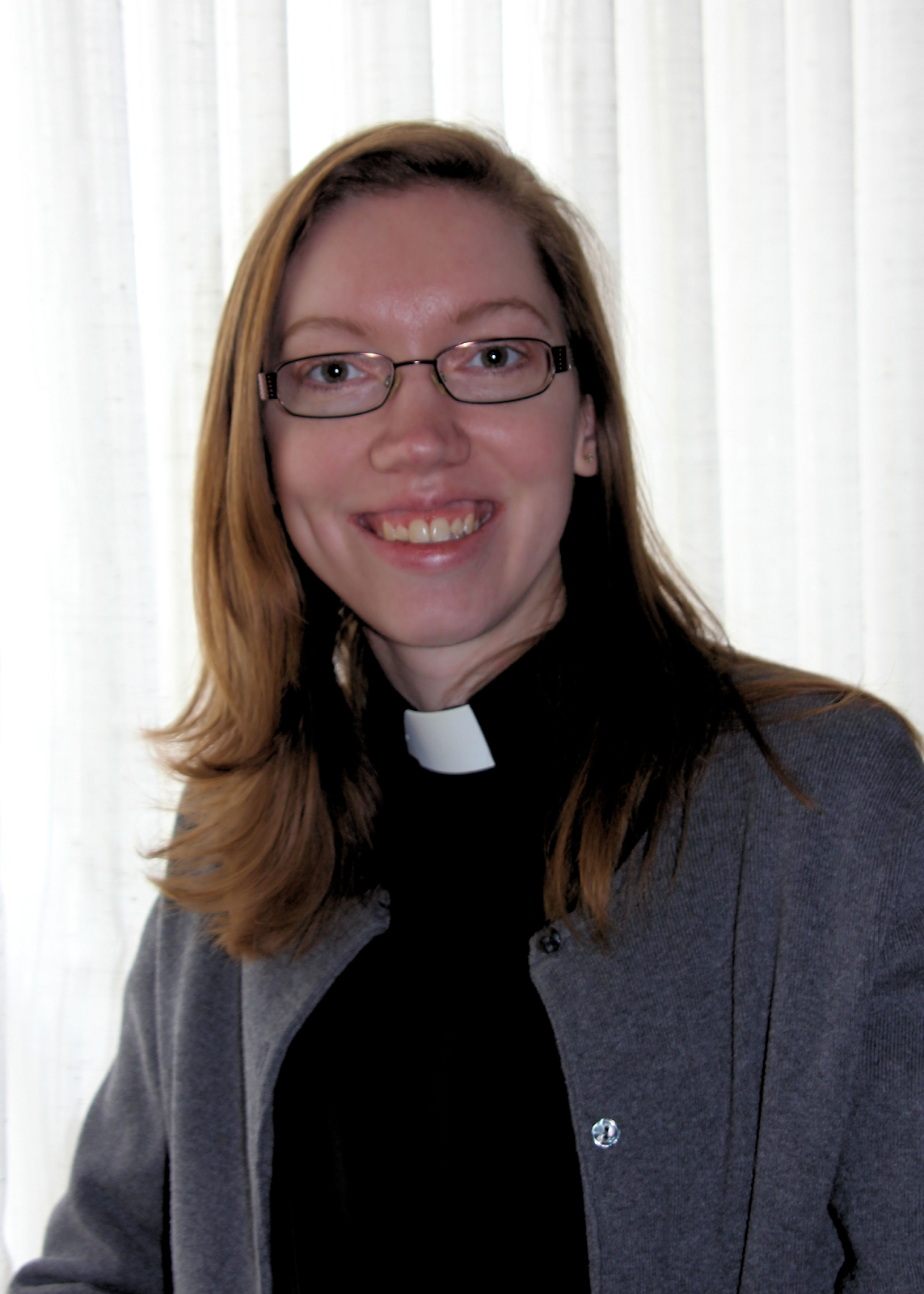Discover St. George's
Our Mission
To know Christ and to make Christ known.
Our Vision
St. George’s is building a welcoming community that gathers to grow together in faith, enjoy each other's company, and to experience and share the love of Jesus Christ with each other and the world.
Our Values
Faithful: Responding to the Gospel through daily prayer, communal worship, and musical expression.
Inclusive: Embracing an ever more diverse community.
Relational: Connecting with one another for mutual support and assurance of God’s everlasting grace.
Curious: Inspiring growth in one another as we explore and deepen our faith and understanding.
Generous: Giving of our time, talents, and treasures for the glory of God.
Compassionate: Responding to the needs of friends and strangers through loving service.
History of St. George's Episcopal Church
Saint George's Episcopal Church was founded by a small group of Milford Episcopalians who gathered to worship in various buildings in downtown Milford during the late 1800's. In 1946 the gathering was officially established as an Episcopal Mission. Members of the mission worshipped in the Opera House at 339 North Main Street in Milford.
After seven years as a mission, Saint George's parishioners were thrilled to be able to build the first new Episcopal Church in Milford. Construction began on March 1st, 1953, with the first service held in the new building on August 23rd, 1953. In 1962 the church was incorporated and in 1963 officially admitted as a parish in the Diocese of Michigan.
Several renovations and additions have been made to the original building. The altar was relocated, a kitchen, classrooms and parish hall were built, and most recently a handicap restroom was added.
Our Stained Glass Window
It is not necessary to know every detail about our stained glass window to enjoy it's beauty. One can appreciate the window on the basis of it's form or color alone.
The total concept of the window is creation, with the bright yellows, oranges and reds symbolizing God's creation and re-creation. The random arcs and straight lines show how hard it is to predict God's actions. The blue shades of the background colors are the colors of the Virgin Mary, the flood waters and baptism.
The dove is the central figure in the window and has several meanings for Christians. In the story of the flood, the dove returns to the ark with the olive branch, a picture which has become an almost universal symbol of peace. The dove is also a symbol of baptism and sometimes the symbol of the Church. The same colors surround the head of the dove as have been used in the top and bottom of the window signifying that baptism is a creative event.
The five red slashes can be construed as the five wounds of Christ on the cross, or the symbols of the Holy Spirit at Pentecost. The purple scallop shell at the top is the symbol of baptism.
Finally, the chalice and the round wafer of bread stand for the Eucharist, while the orange rays radiating around the chalice and bread indicate that communion is not only a private devotion, it is meant to be shared; to radiate throughout the world.
Our Team
St. George's Episcopal Church
801 EAST COMMERCE ST MILFORD, MI 48381
248-684-0495
Sunday's @ 8:30 am and 10:15 am


